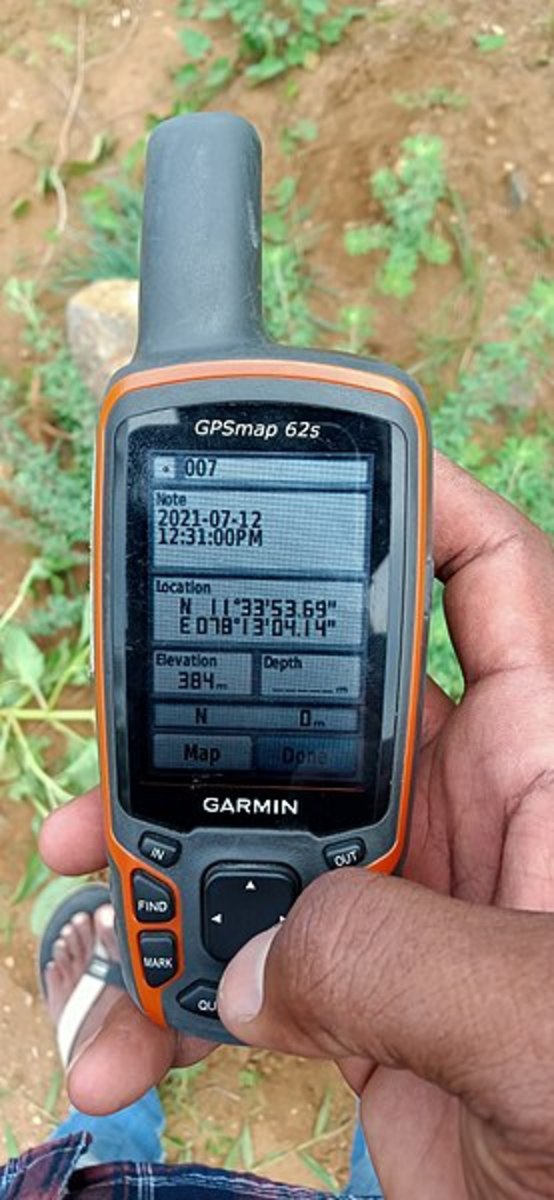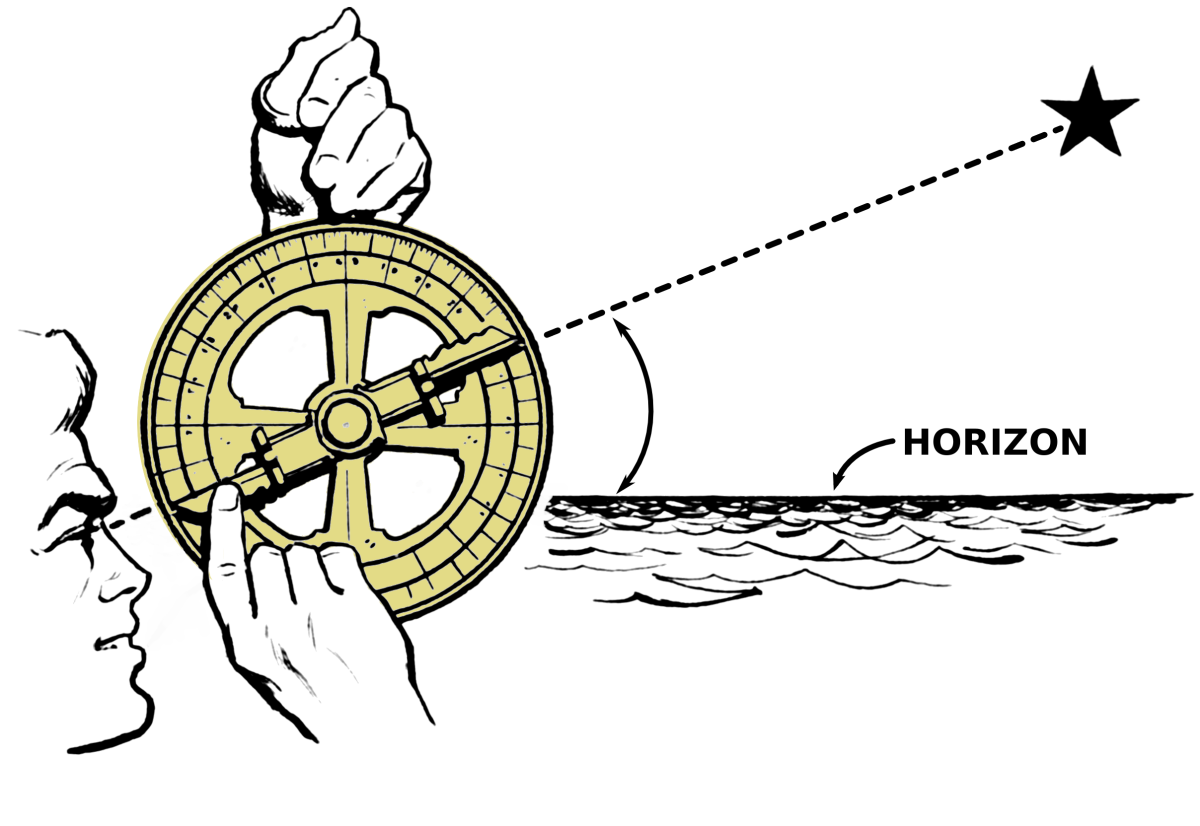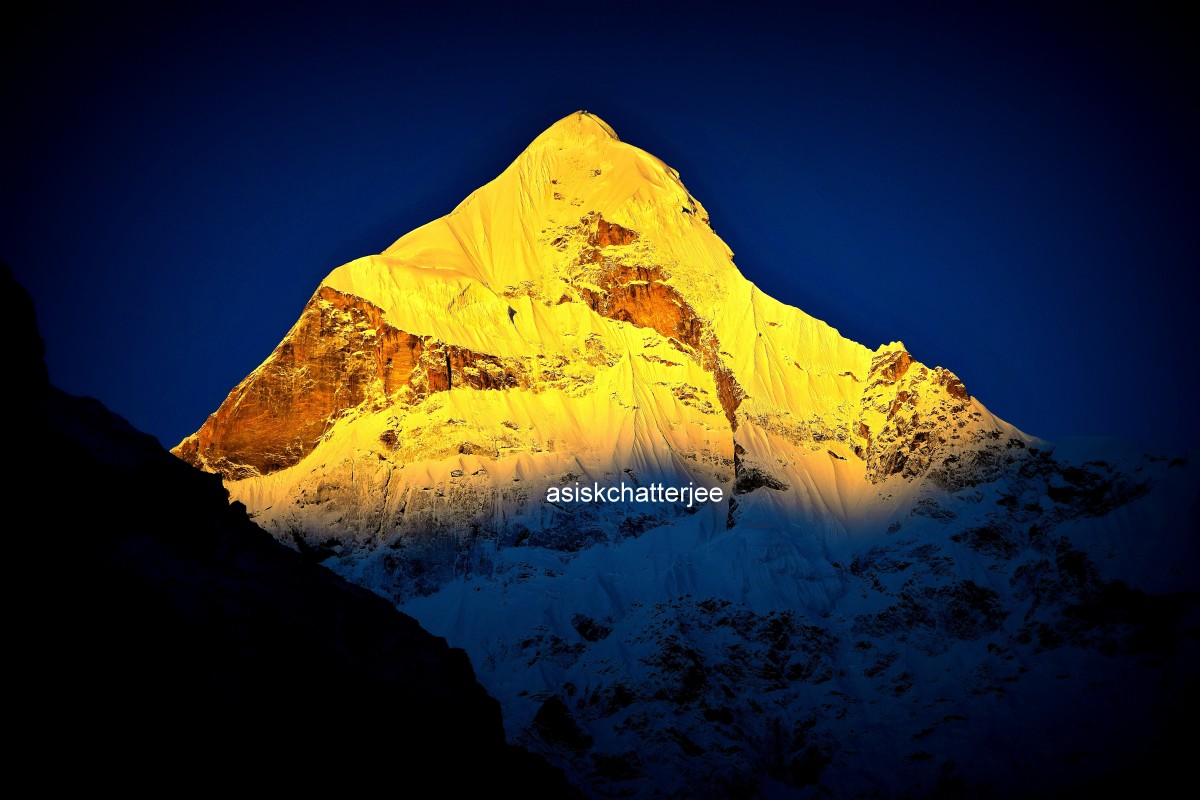Latitudes and Longitudes

A circle running around the earth exactly halfway between the poles so that it bisects the earth into two equal parts, is called the equator. It divides the earth into the northern hemisphere and southern hemisphere. The angle subtended at the center of the earth from a point on the surface of the earth and measured northwards or southwards of equator is called the latitude of that place. If all places having the same latitude are joined by a line, it will form a circle parallel to the equator. Such a circle running parallel to the equator is called a parallel of latitude. Thus the latitude of a place is its angular distance northwards or southwards of the equator. The equator is taken as the zero degree latitude and the poles are at 90 degree north and south respectively. The parallels of 23 1/2 north and south are called the Tropic of Cancer and the Tropic of Capricorn, respectively. The parallels of 66 1/2 degrees north and south are called the Arctic Circle and the Antarctic Circle, respectively. The two tropics are the poleward limits of the zone in which the sun's rays can fall vertically. Outside these limits they are always oblique or slanting.

Another important reference line on the surface of the earth dividing it into two halves the eastern and the western hemisphere and passing by Greenwich near London is called the Prime meridian. The angular distance of a point measured east or west of the prime meridian is called its longitude. The lines joining places with the same longitude pass through the north and the south poles and they are called the meridians of longitude. The meridians are measured up to 180 degrees east and west of the prime meridian and the meridian of the 180 degree is called the International Date Line. Location of any place on the surface of the earth can be described in terms of its latitude and longitude.

Longitude is the basis of measurement of time on the surface of the earth. Time is stated in terms of local and standard time. The local time refers to a given place or meridian while the standard time refers to a region and it is the local time of the central meridian of the region concerned. The standard time of India is the local time of the meridian of 82 1/2 degree east longitude which passes by Allahabad and is taken as the central meridian for India. The local time is calculated on the basis of the overhead sun. This means that when the sun is overhead at a meridian it is 12 noon at that meridian. The time of various longitudes or places varies at a rate of 4 minutes per degree of longitude. Any place situated eastwards of a reference point, will have time ahead and places west of such a reference point or meridian will have a time behind the time of the reference meridian. The standard time for the whole world (Greenwich Mean Time) is the local time of the Prime Meridian and all places east of it have a time ahead of GMT and all places west of it have a time behind GMT. India has a standard time (IST) which is 5 1/2 hours ahead of GMT.
Also See related Geography Articles:
- Theories and Hypothesis On The Origin Of The Earth
Origin of the Earth, Theories and Hypothesis On The Origin Of The Earth. Kant's gaseous hypothesis, Laplace's nebular hypothesis, Jeans and Jeffreys tidal hypothesis. - Movements of the Earth
Movements of the Earth, Revolution and Rotation of the Earth. The earth has two motions, the rotation and the revolution. The earth revolves around the sun and also rotates on its own axis. - Moon and the Earth
Moon is the only satellite of the Earth. The moon rotates on its axis and revolves round the earth in a fixed orbit. Eclipses, distance between the moon and the earth, etc. - Structure of the Earth
Information about the internal structure of the earth is derived through the studies of earthquake waves. The topmost solid crustal layer of the earth is called the lithosphere. The layer below the crust is called the mantle. - Classification of Rocks
The rocks represent the material of which the earth is made. A rock is a mixture of various minerals. On the basis of their mode of formation rocks are classified into three groups: Igneous rocks, Sedimentary rocks and Metamorphic rocks.






